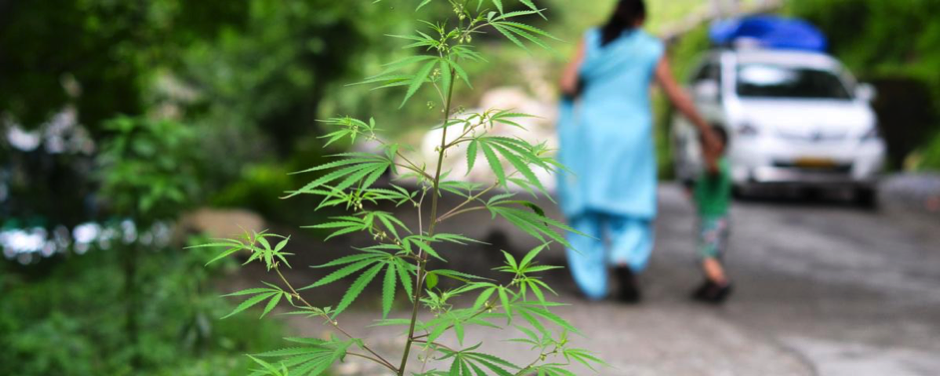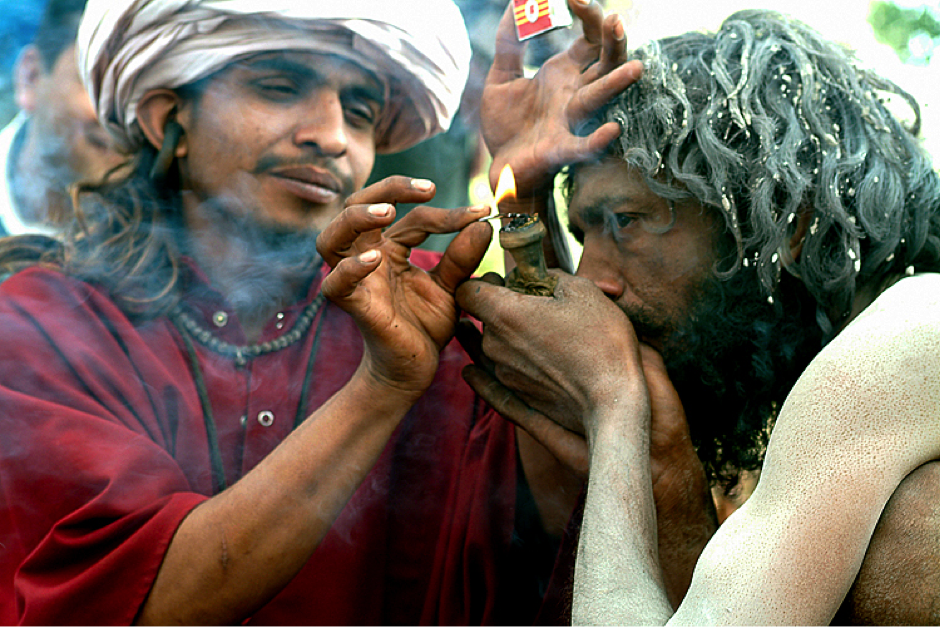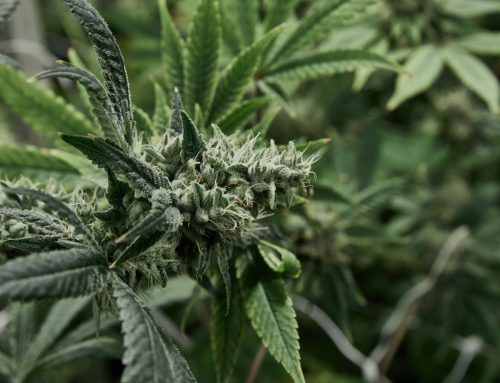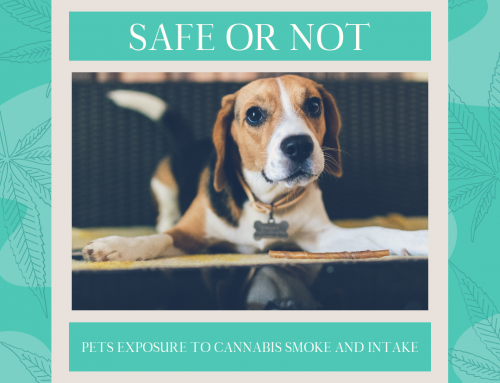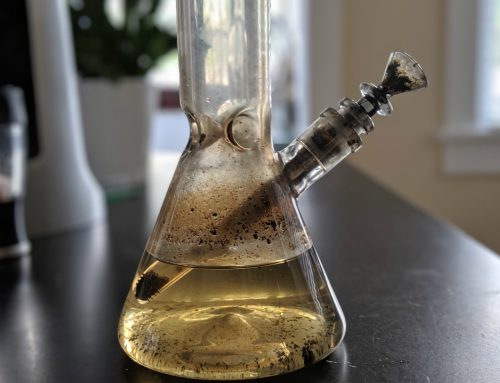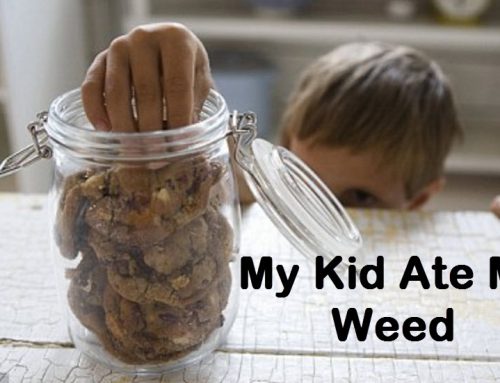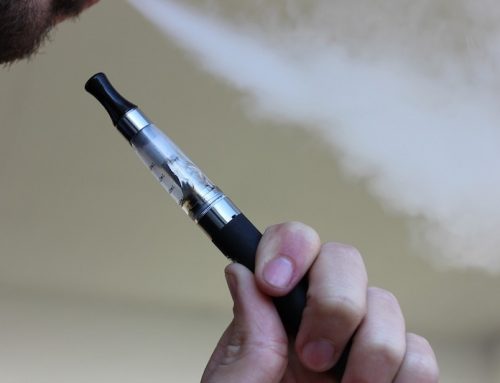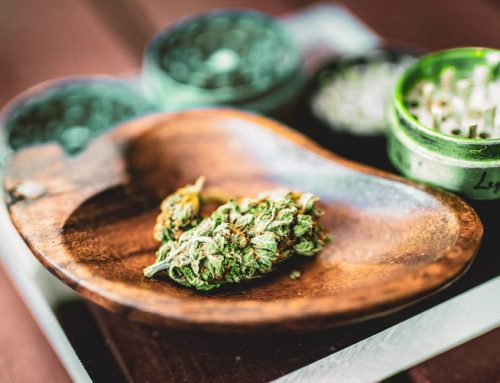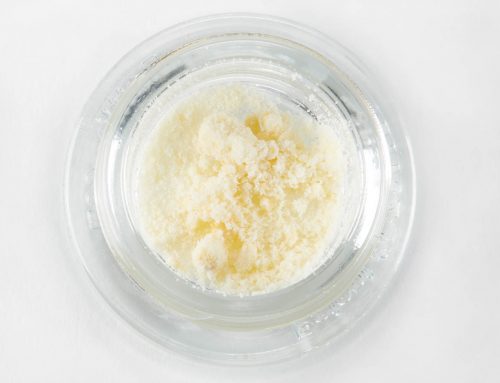Cannabis In India
Contrary to popular belief, it isn’t only the United States where cannabis legalization has been changing and is expected to continue changing radically as of late. In various parts of Europe, New Zealand, Australia and indeed India, cannabis is one of the hottest talking points of recent years. The cannabis scene in India may often go overlooked, but it’s nonetheless one of the most significant and interesting when it comes to on-going progress and policy.
Until 1985, any number of cannabis derivatives like bhang and hash were pretty much legal. This all came to an end when the Rajiv Gandhi government decided the time had come to reclassify cannabis products under the same classification as much more dangerous chemical drugs. Known as the Narcotic Drugs and Psychotropic Substances (NDPS) Act, 1985, it’s always been a subject of heavy conspiracy. For the most part, it continues to be argued even to this day that the change in classification was made solely for the benefit of the alcohol industry, as a means by which to reduce or eliminate competition. Nevertheless, the government declared a war on cannabis and entered into a period of propaganda publishing, in order to persuade the public that it really was and is no less than the devil’s lettuce.
Still, even though cannabis and its derivatives were reclassified, the country as a whole remained generally tolerant towards possession and use of cannabis on a modest scale. In fact, many states across the country like West Bengal, Bihar, Orissa Tripura and the North East have their own unique laws and regulations allowing cannabis. There’s every chance that cannabis cultivation could soon be legalized in Uttarakhand, which would become the very first state in India to pass such a law. It’s therefore hardly surprising that tourists flock to a fair few of cannabis hotspots across India, to indulge in not only relaxed attitudes, but by a wide margin some of the most outstanding cannabis on the face of the earth.
“Years ago, cannabis — or ganjha, as it’s widely known here — was available from government-licensed shops,” commented Adnan Bhat from Ozy.
“Although it was banned in the 1980s, due in part to pressure from the US when the country declared a global war on drugs, cannabis has a long religious and cultural significance in India.”
The simple fact of the matter is that marijuana has been an important part of Indian culture for hundreds of years. These days, one of the most common ways of consuming cannabis is in the form of a drink called bhang, which consists of milk, ghee, spices and cannabis flowers. During religious public holidays, the Indian government recognises the fact that it has extensive religious significance, which in turn allows members of the public to purchase and consume bhang legally.
Legalization
To be frank, simply taking into account the information listed above is enough to find yourself well and truly confused as to where people stand when it comes to cannabis in India. Suffice to say, things get even more complicated when you live there, or spend time travelling from one region to the next. As it stands, there is still something of a legal loophole which allows members of the public to consume bhang legally, just as harvesting the leaves from cannabis plants growing in the wild.
However, things could be about to change spectacularly for the cannabis community going forward, should proposed legislation be enforced in the near future. Set to be placed in front of Parliament as a Private Member’s Bill in the coming winter session, the new measure would legalize and open the door for regulated supply of natural substances like cannabis and opium. The bill, set out by Patiala MP Dr Dharamvira Gandhi, seeks to legalize intoxicants of non-synthetic nature and has already been cleared by the legislative branch of parliament. He wants to see the necessary amendments made up to the existing NDPS Act, as a means by which to help the public access safe and natural intoxicants under medical and regulatory supervision, while at the same time driving synthetic drugs and black market drug dealers off the streets.
Wasted Efforts
As far as Dr Ghandi is concerned, the past three decades that have been invested in driving drugs off the streets and benefiting the public in general have actually had the exact opposite effect.
“Thirty years down the line, where do we stand? The fact of the matter is that the NDPS Act has not only failed in achieving its professed goals, but this ‘War on Drugs’ has delivered results directly opposite to what it aimed to achieve. There can be no better verdict and/or evaluation of such punitive drug laws than frank admission statement of the United Nations Conference on 12th March, 2009, admitting that ‘the war on drugs has failed’,” read a statement from Dr Gandhi.
He went on to state that punishments have been too severe, the public has been persecuted and action to date has played directly into the hand of criminals.
“Most drugs were made illegal. Anyone found using or possessing such substances was prescribed harsh punishments, and large amounts of money was invested in the enforcement of drug restrictions and punishments handed out herewith. Plants and chemicals used in the manufacture of drugs were strictly controlled, and drug enforcement agencies spent large amounts of money and time ensuring that drugs were eradicated from society,” said Dr Gandhi.
“But the ‘war on drugs’ had led to the creation of a dangerous drug mafia, hundreds of scores of human rights violations and innumerable precious lives destroyed.”
Facing the Consequences
Mirroring the calls of cannabis campaigners worldwide, he also explained how the criminalisation of substances like cannabis inevitably leads to more members of the public turning to harder, more dangerous synthetic drugs.
“As the common man’s recreational substances were made unavailable, the newer, more potent, addictive and dangerous alternative drugs flooded the markets. Heroin replaced opium, cocaine replaced cannabis, and so on,” he said.
“As the drug business involves huge super profits, on one hand it creates rivalries spilling into gang wars and on the other hand it promotes ruthless and aggressive marketing, thus pushing more and more people into the drug world. Consequently, the petty traditional drug users are turning to the easily available and aggressively marketed more addictive and dangerous street drugs.”
According to the official statistics shared by the Narcotics Control Bureau, distributors and traffickers account for just 2% of all drug busts that result in imprisonment. By contrast, drug possession and use accounts for a whopping 80% of jail terms handed out under NDPS.
Nevertheless, the use of cannabis at a casual, recreational level is no less than the norm across much of the country. In New Delhi, young locals liken getting hold of cannabis to heading to the market for vegetables. All they need to do is knock on the door of a known local seller – usually senior citizens – and hand over small amounts of cash for premium packs of weed.
As is the case in many global regions, it’s time cannabis legislation in India began working in favour of the public, rather than against it.


